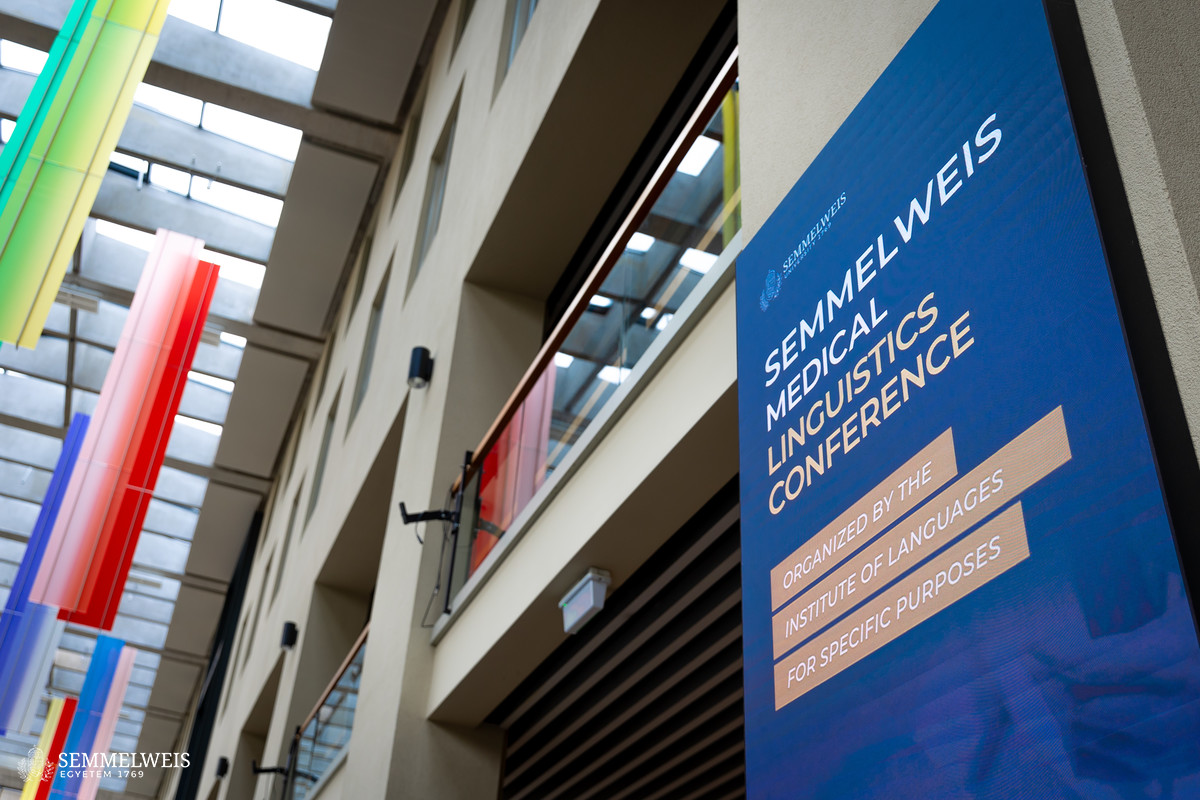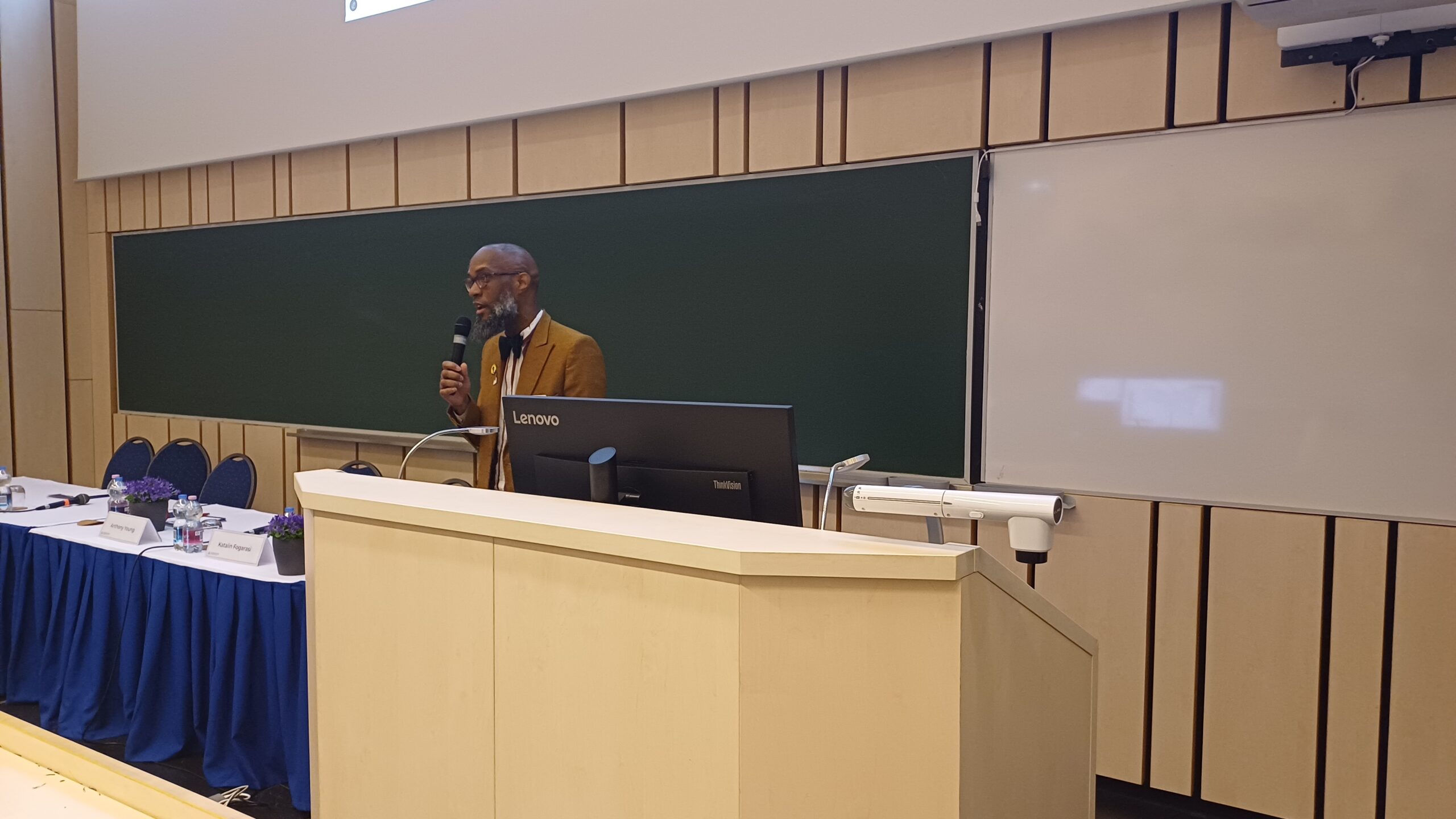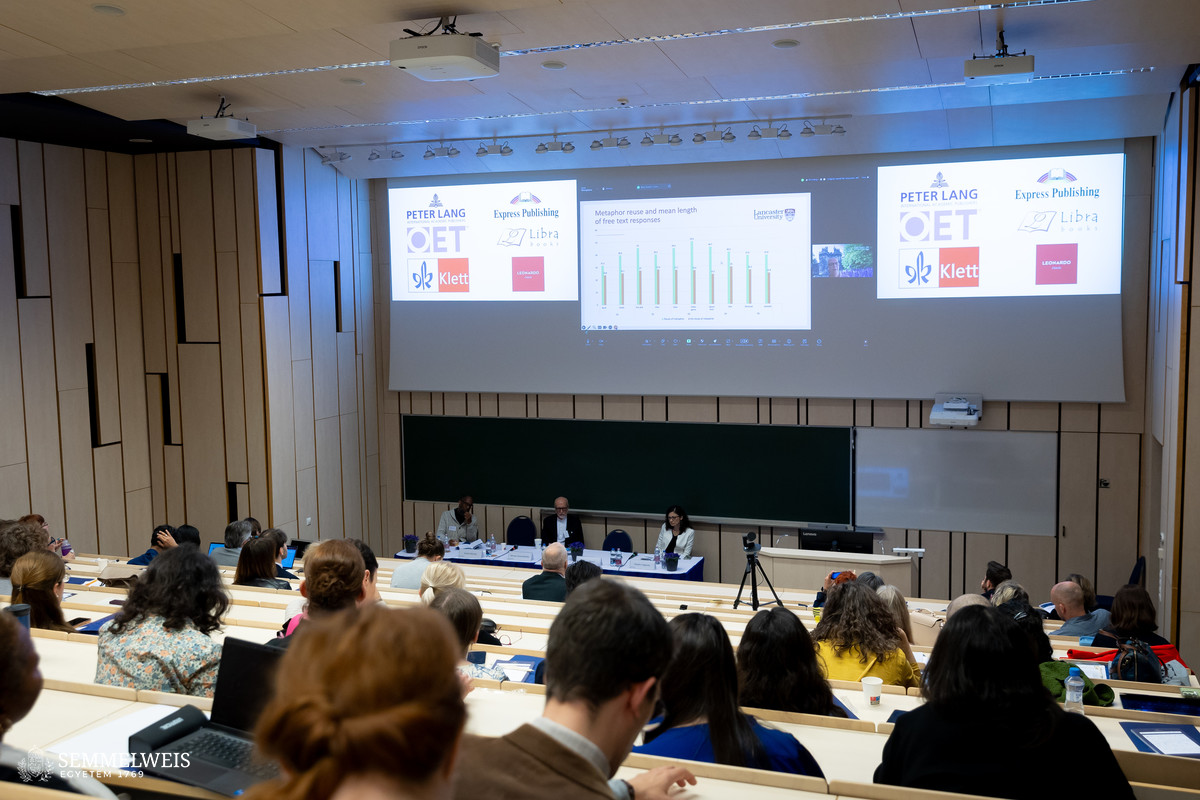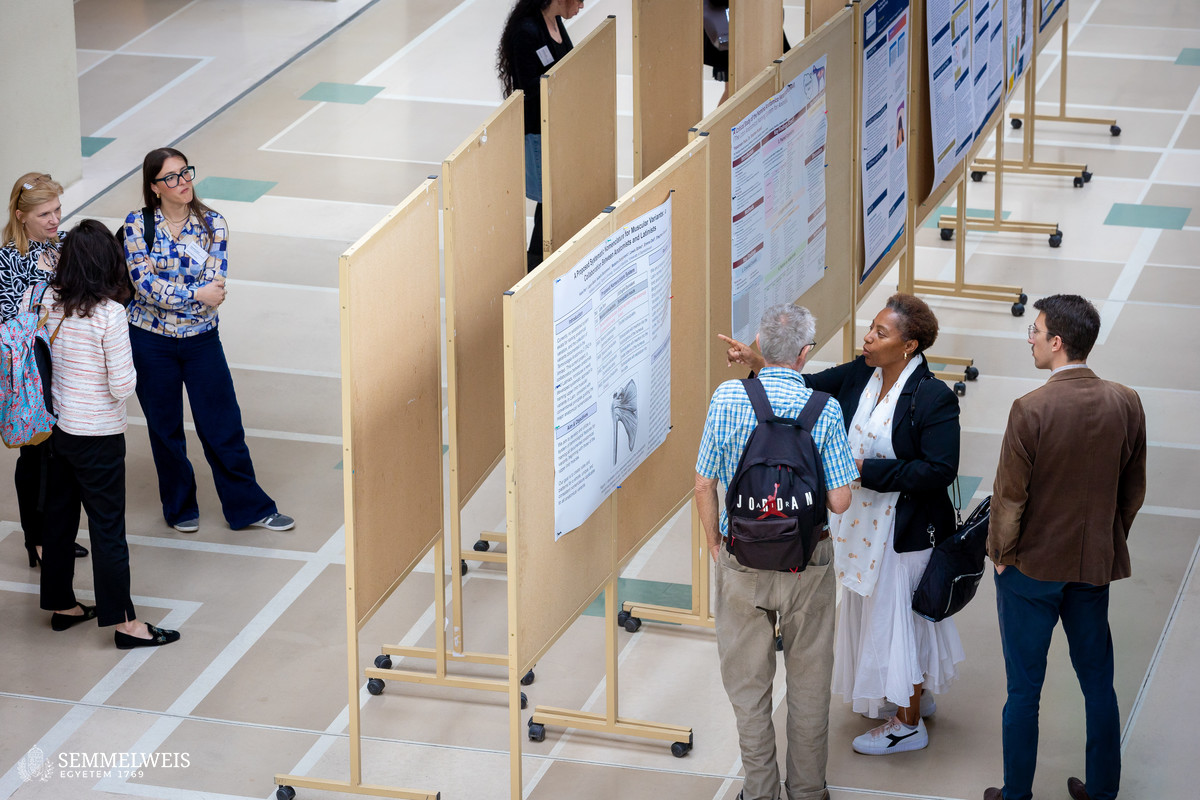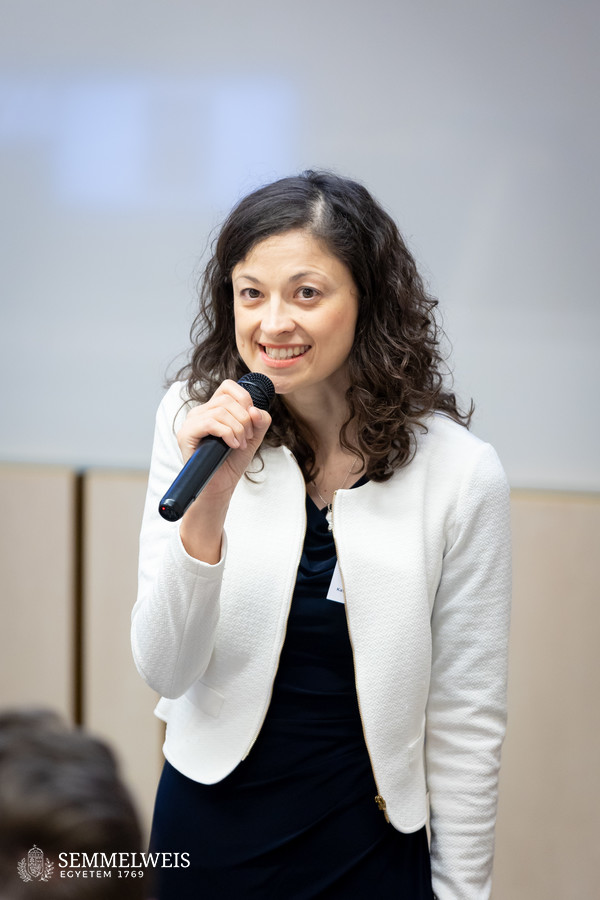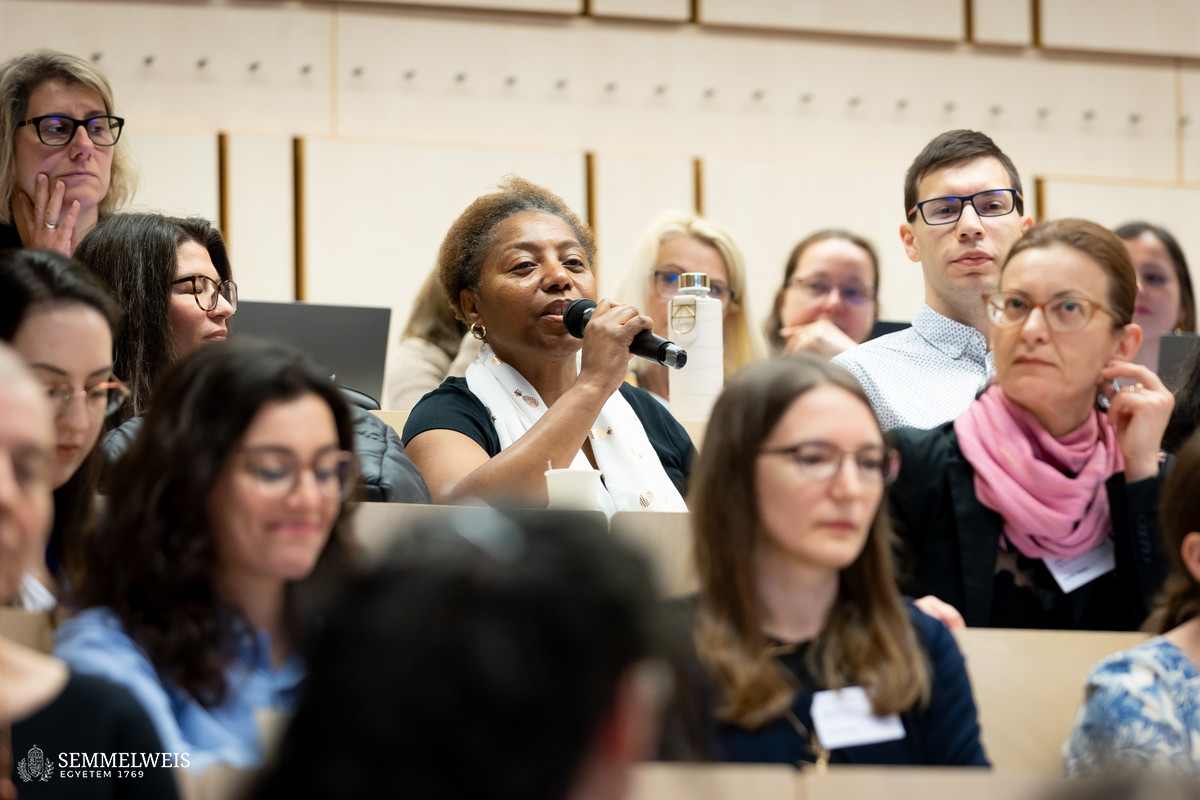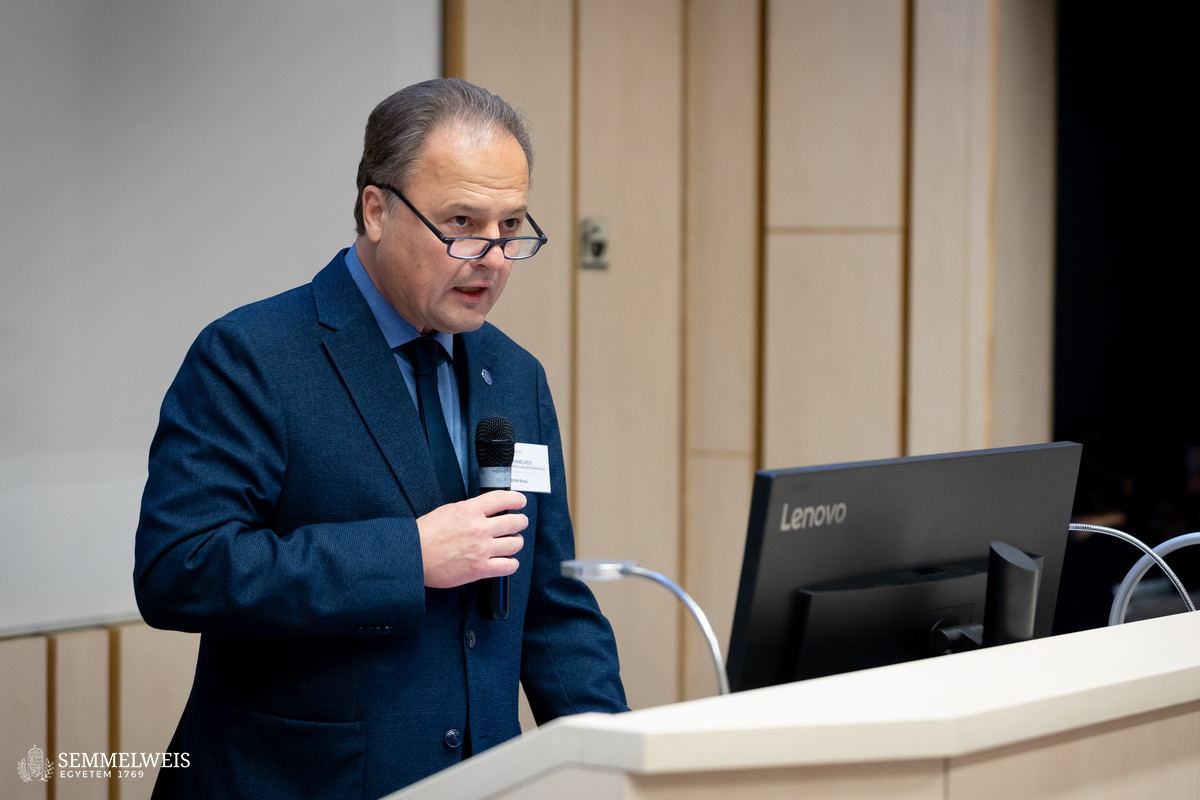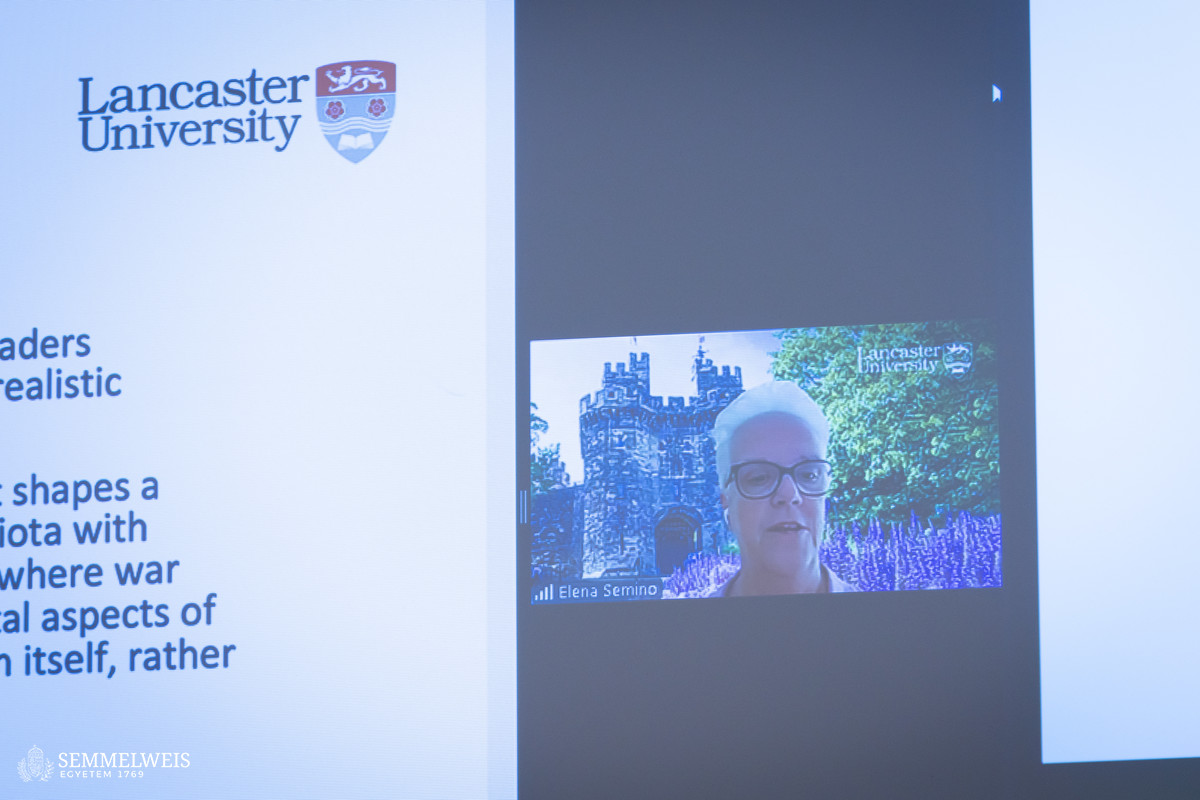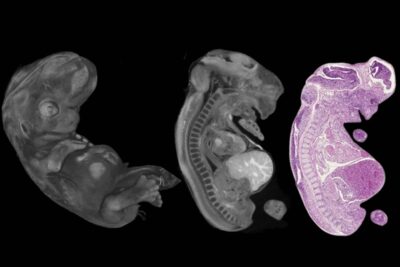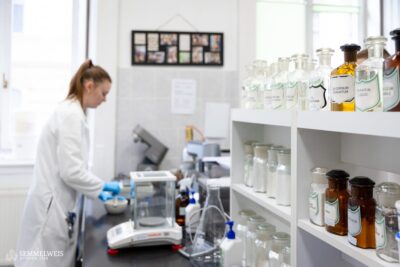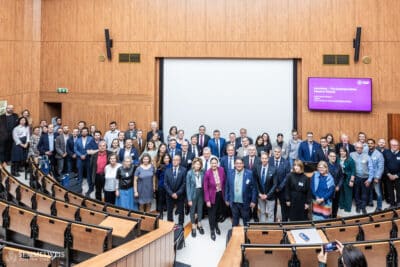With 185 participants from across the globe, the conference served as a dynamic platform for sharing cutting-edge research in medical linguistics and healthcare communication. Presentations and discussions addressed how effective communication contributes directly to patient safety, satisfaction, and clinical outcomes.
The event was officially opened by Dr. Zoltán Benyó, President of the Doctoral Council, who emphasized the vital role of languages in scientific and medical research. Dr. Katalin Fogarasi, Conference Chair and Director of the Institute of Languages for Specific Purposes, welcomed the attendees and announced the upcoming publication of the inaugural volume of Semmelweis Medical Linguistics Investigations – the first scholarly book series fully dedicated to medical linguistics, to be published by Peter Lang (Switzerland).
The conference featured four plenary speeches: Dr. Janusz Janczukowicz, Medical University of Lodz, WHO Pan-European Leadership Academy, AMEE, explored the “Triangle of Trust” among patients, professionals, and institutions; Dr. Elena Semino, Lancaster University, UK, analyzed metaphors in vaccination discourse; Dr. Kristin Bührig, University of Hamburg, Germany, addressed challenges in interpreting within multilingual medical contexts; and Dr. Anthony Young, Columbia University, USA, together with actress Tara Novie, presented an interactive hybrid session on using simulated participants (SPs) to train students in delivering bad news.
Over two days, the program included nineteen parallel sessions reflecting the diversity of contemporary healthcare communication research. Topics ranged from doctor-patient interaction and pragmatics to AI-driven translation, terminology, LSP (Language for Specific Purposes), onomastics, and multilingualism. The sessions on AI, for example, examined the potential and limitations of neural machine translation (NMT) and large language models (LLMs) in medical contexts. Contributions in terminology and lexicography addressed topics ranging from pharmaceutical brand evolution to forensic documentation. A strong emphasis was also placed on inclusivity, accessibility, and the communication needs of marginalized patient populations.
In addition to academic papers, the conference offered hands-on workshops in areas such as cross-cultural communication, Latin medical texts, storytelling in healthcare, and ESP (English for Specific Purposes) pedagogy. The poster session featured innovative research on topics including a linguistic approach to aphasia rehabilitation, autopsy report terminology, and oncological discourse.
The event was supported by the Occupational English Test (OET), Peter Lang Verlag, Klett Publishing, Express Publishing, Libra Books, and Leonardo Hotel Budapest. The social program created an atmosphere for informal exchange and international networking.
This year’s conference also marked the beginning of a new chapter for the Institute of Languages for Specific Purposes: the establishment of teaching and research cooperation with Columbia University in New York, which further expands Semmelweis University’s global academic partnerships.
The organizers announced that the fourth Semmelweis Medical Linguistics Conference was already in the planning for 2026, with the aim of further advancing this human-centered discipline that supports clarity, empathy, and equity in healthcare.
Dr. Katalin Fogarasi, Dr. Dániel Mány – Institute of Languages for Specific Purposes
Photos by Boglárka Zellei – Semmelweis University
